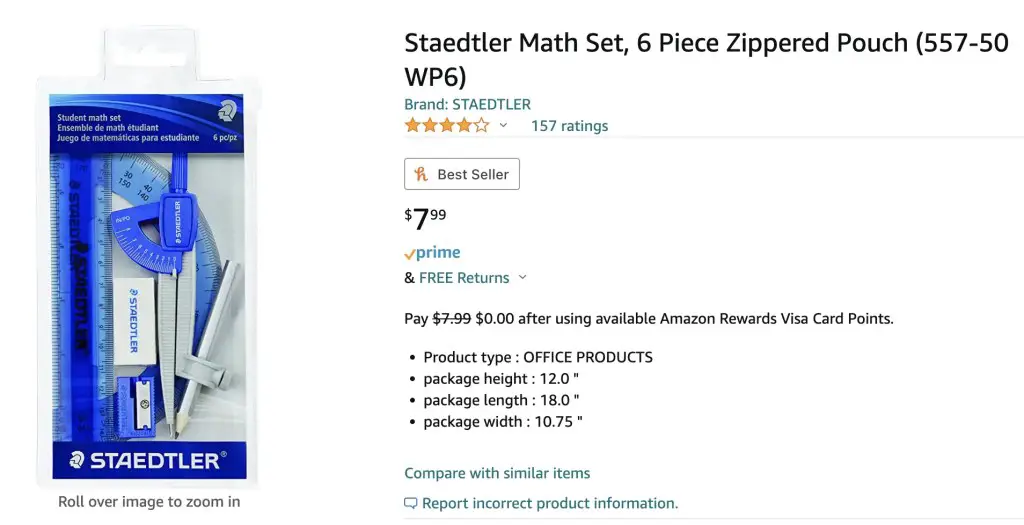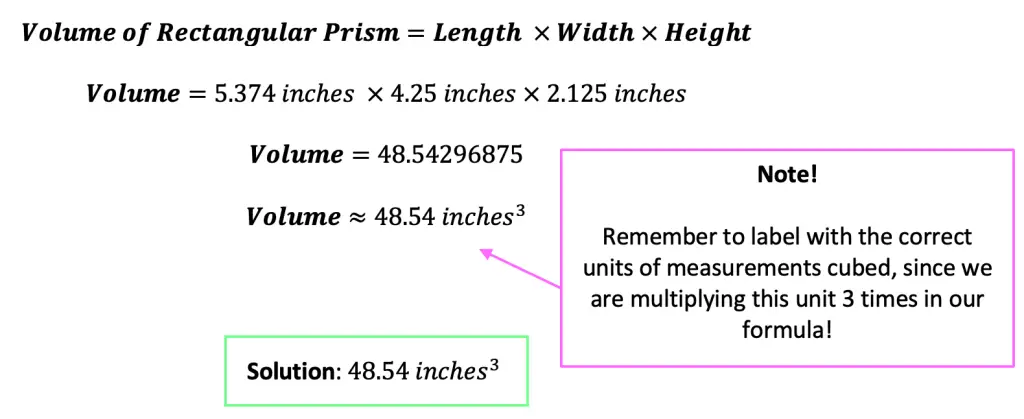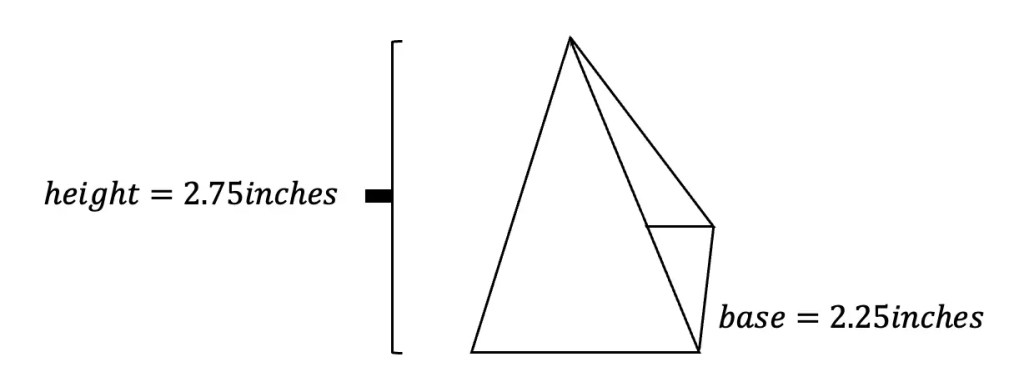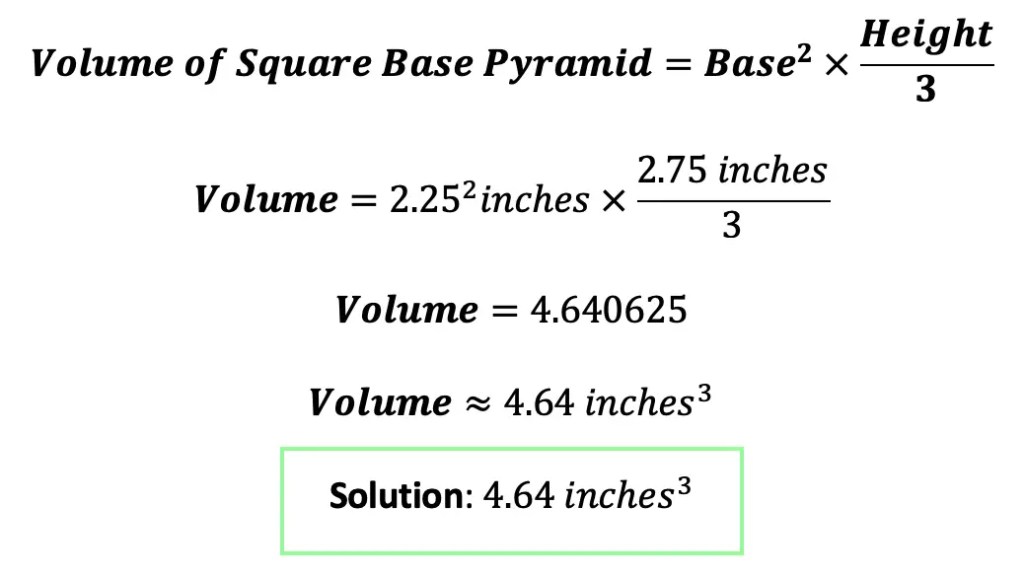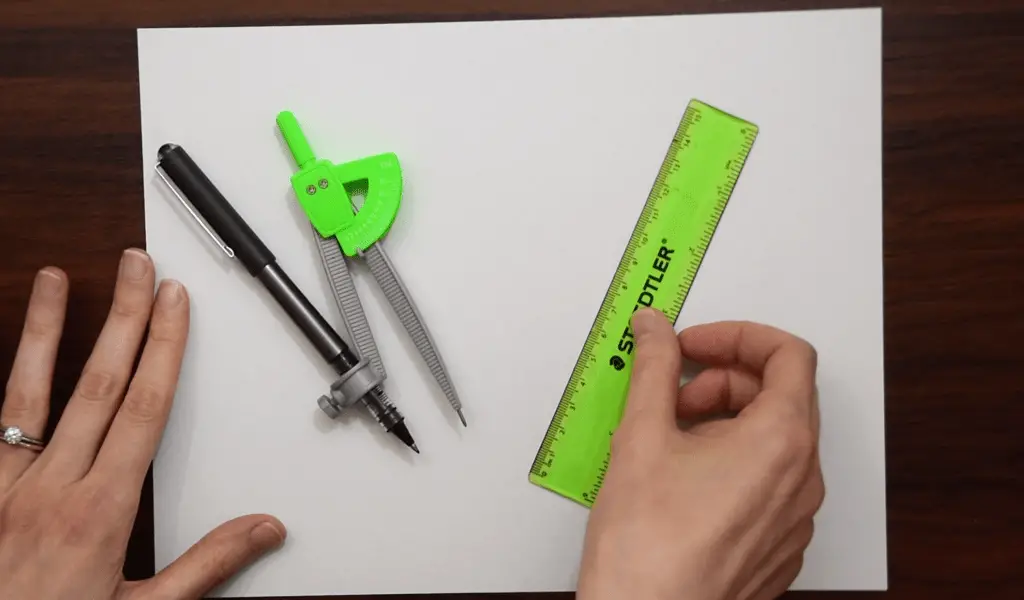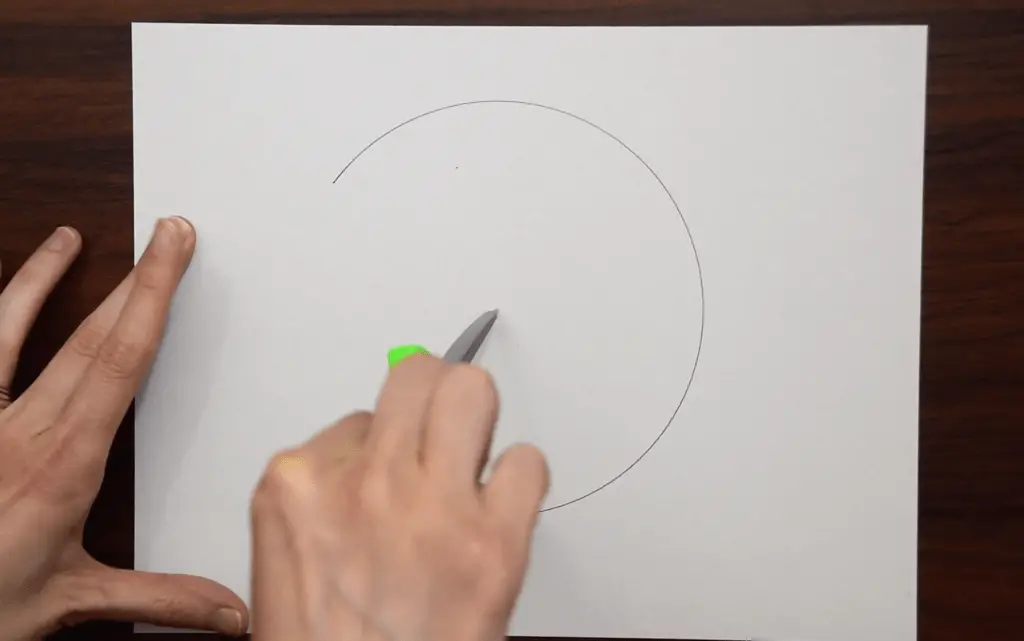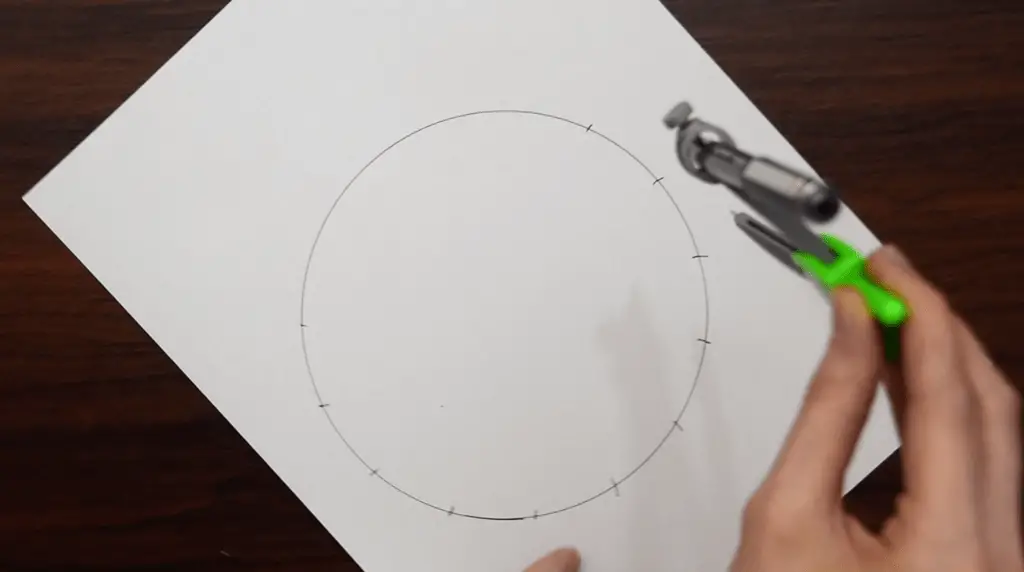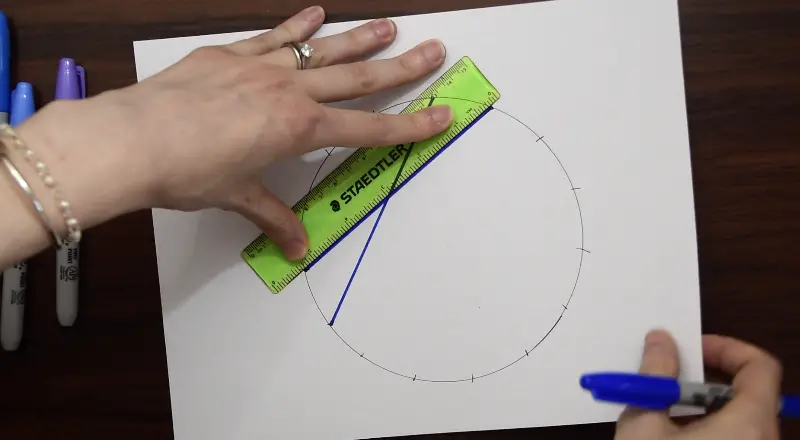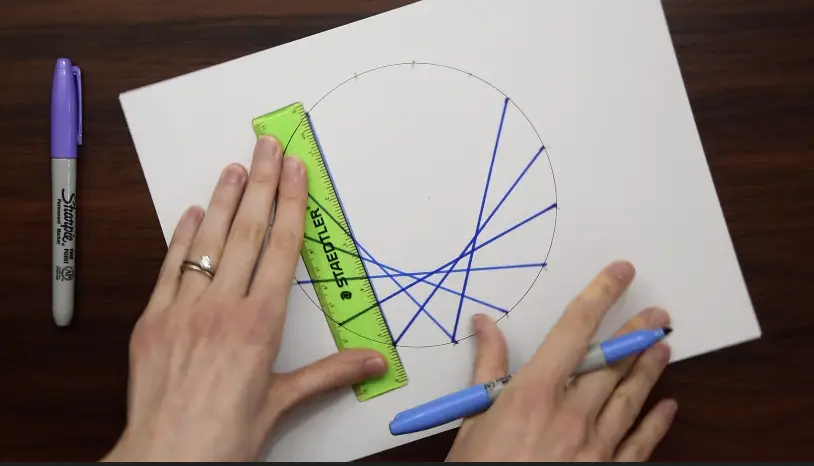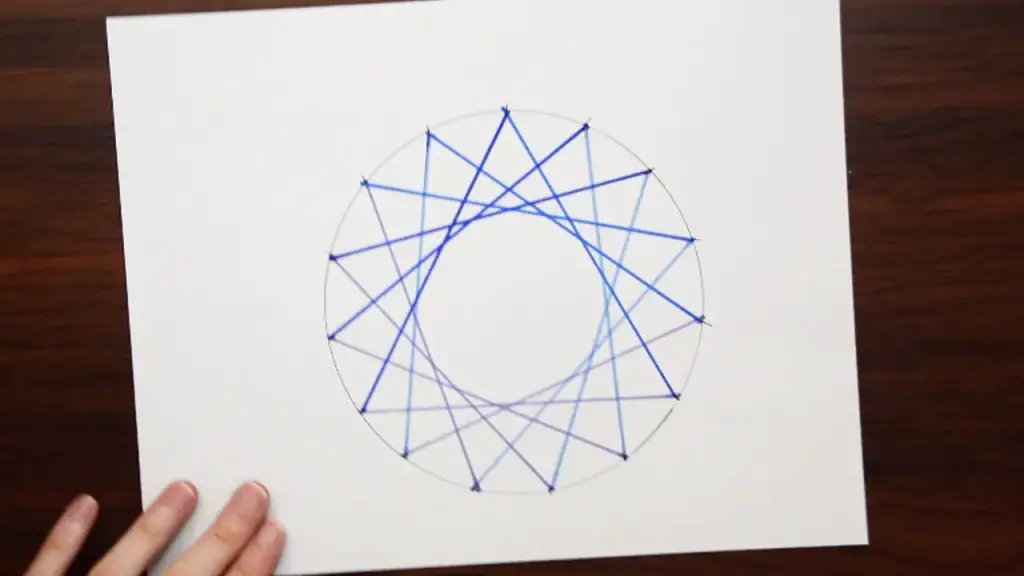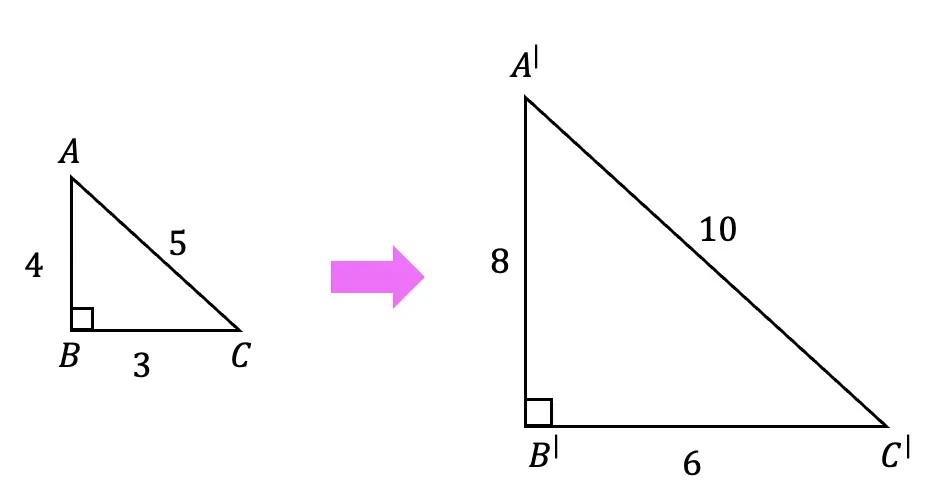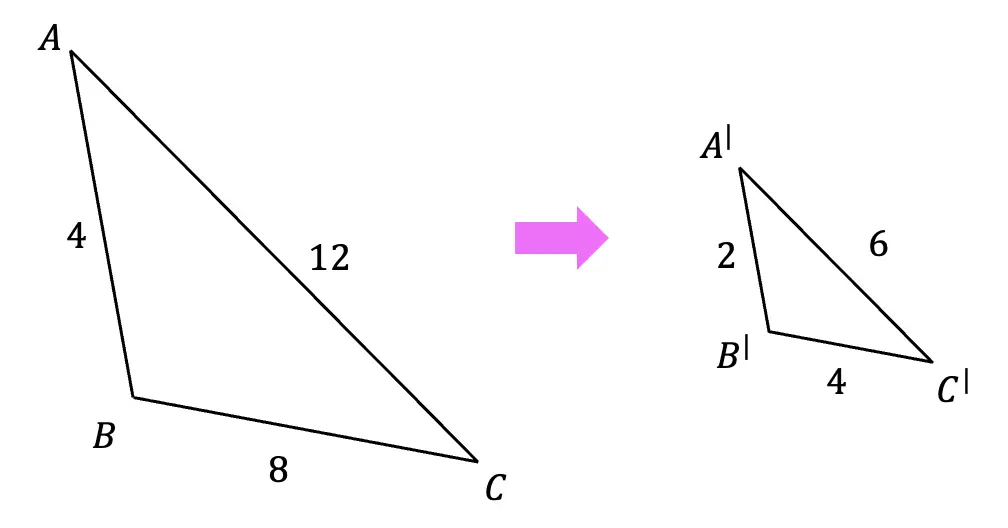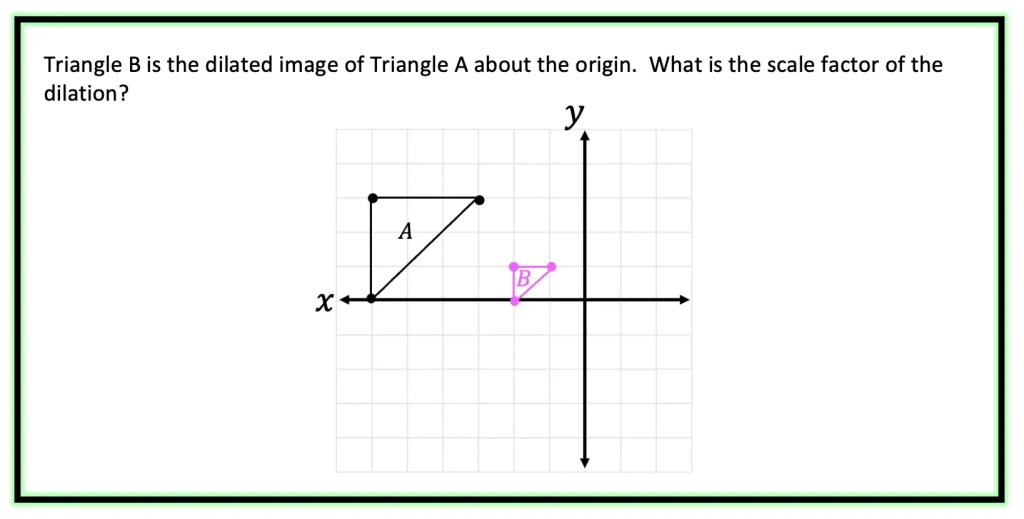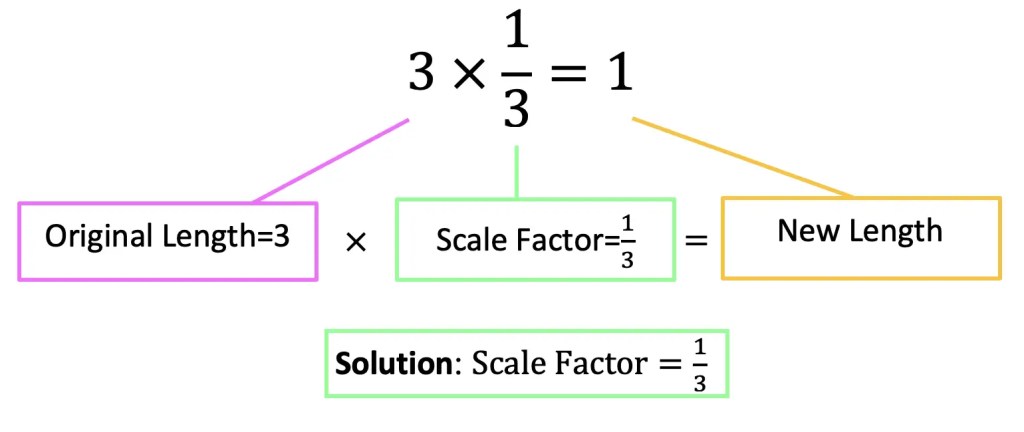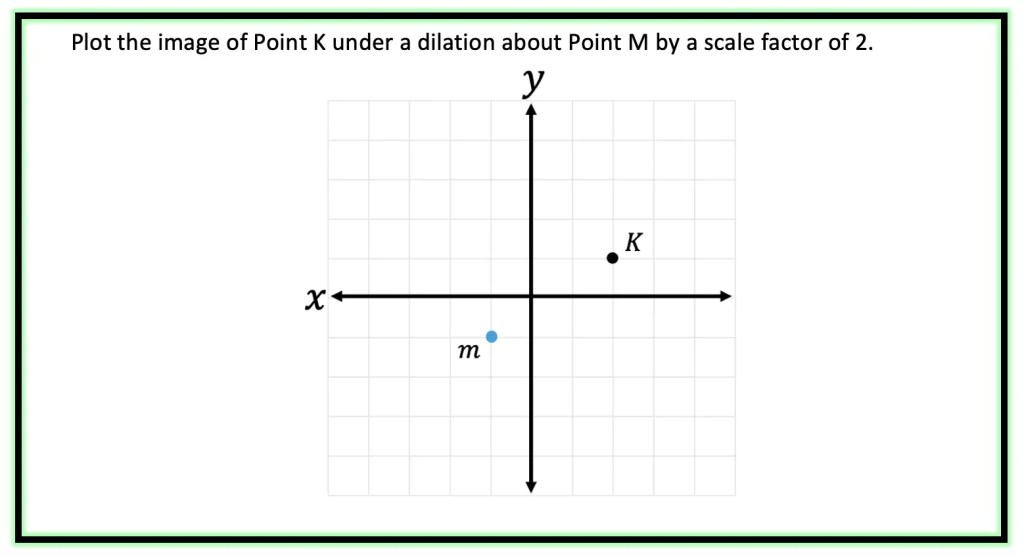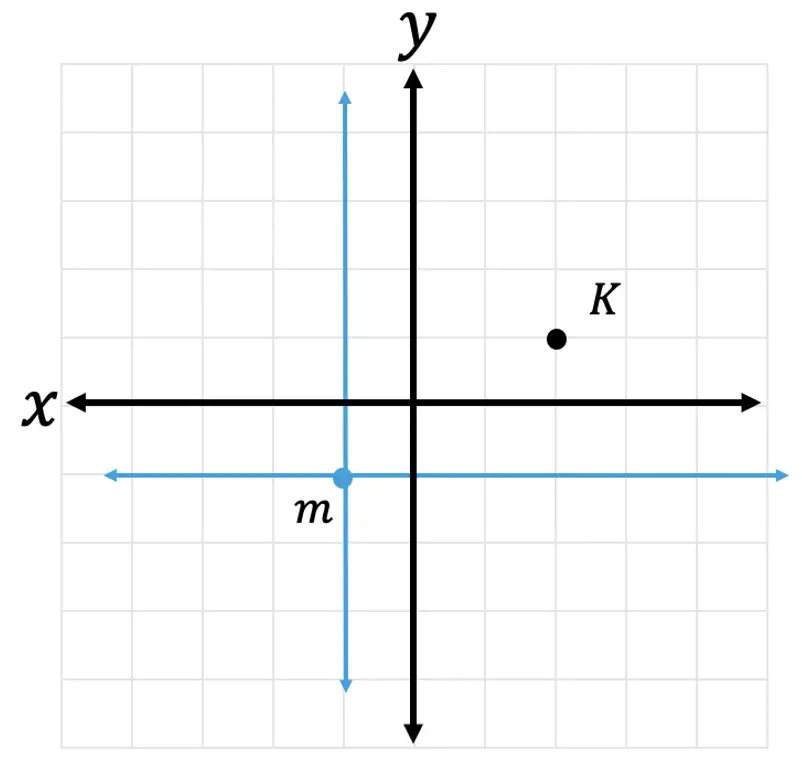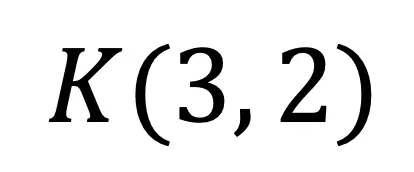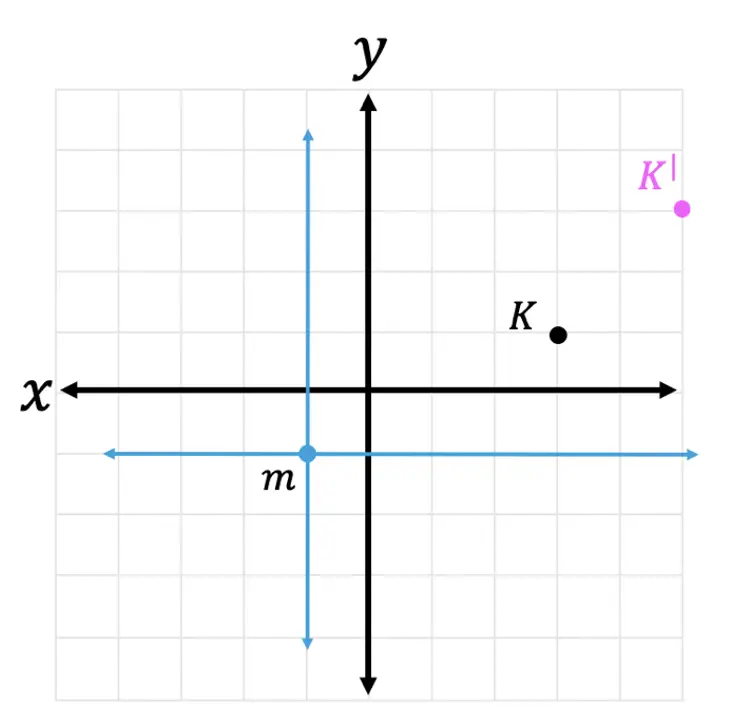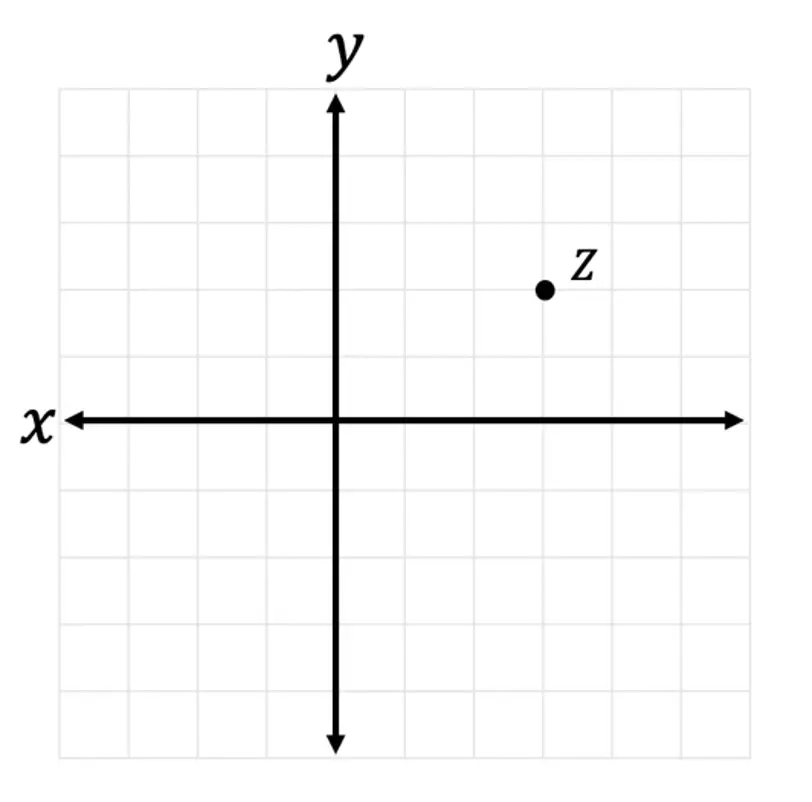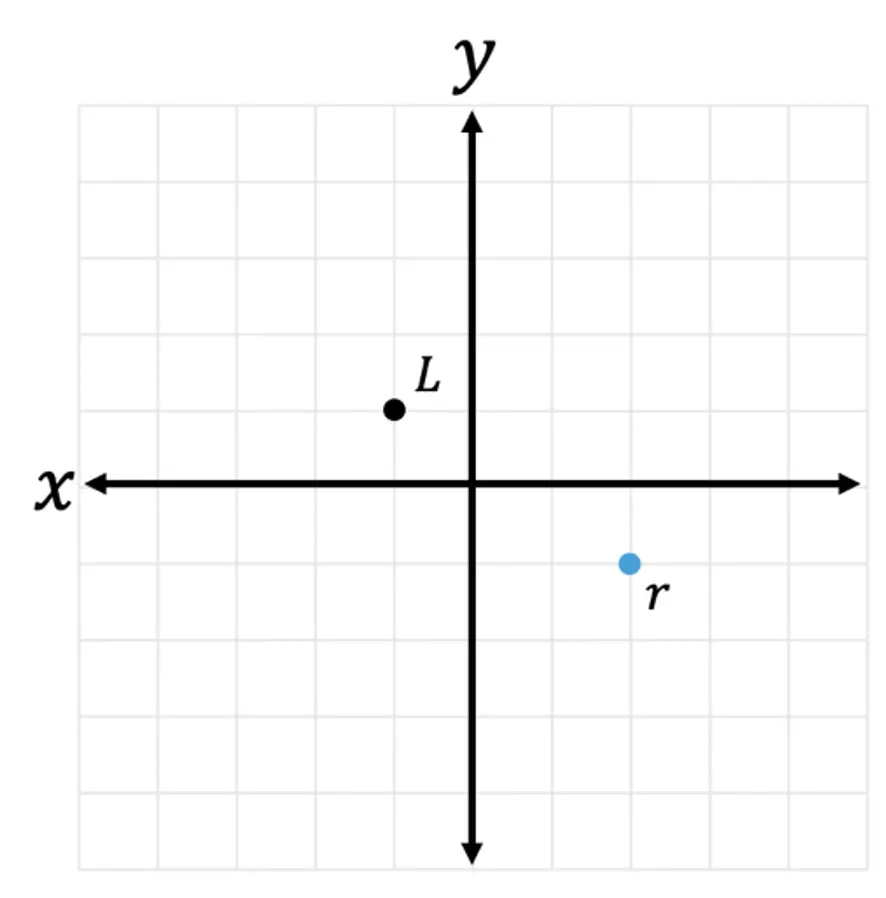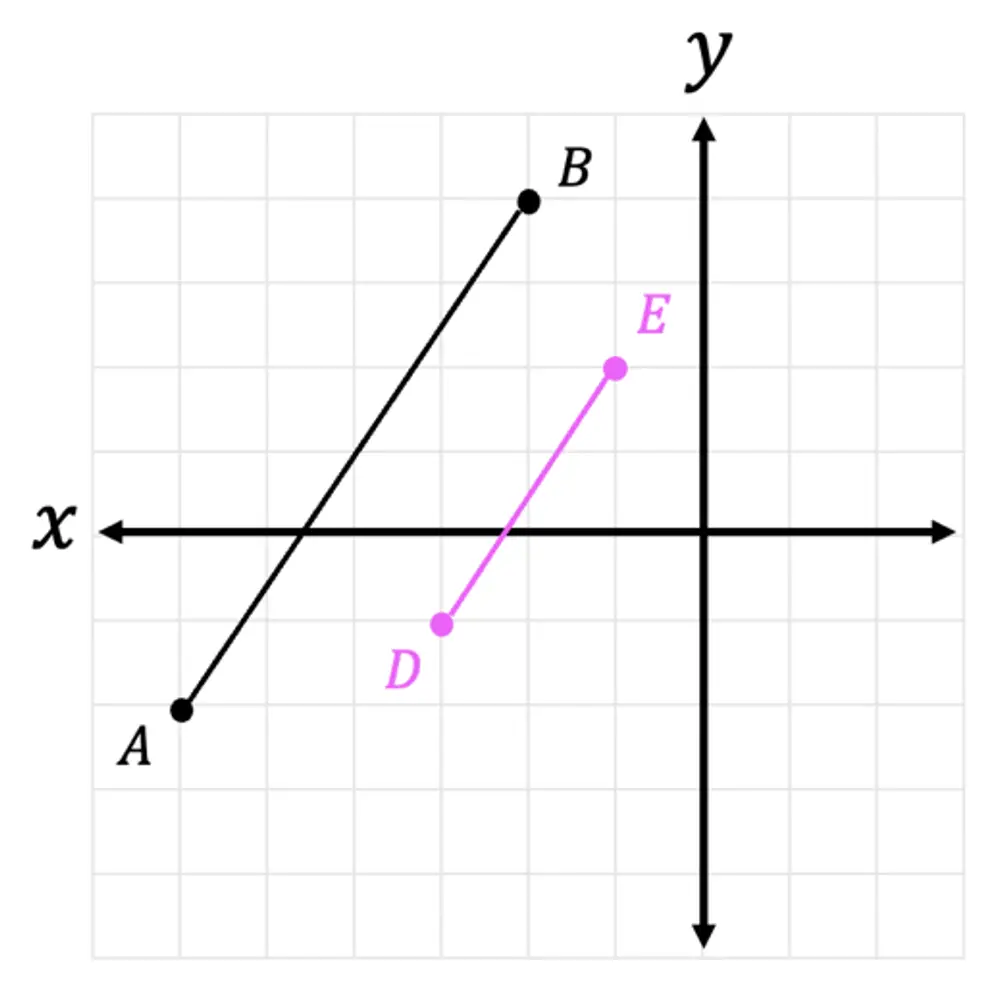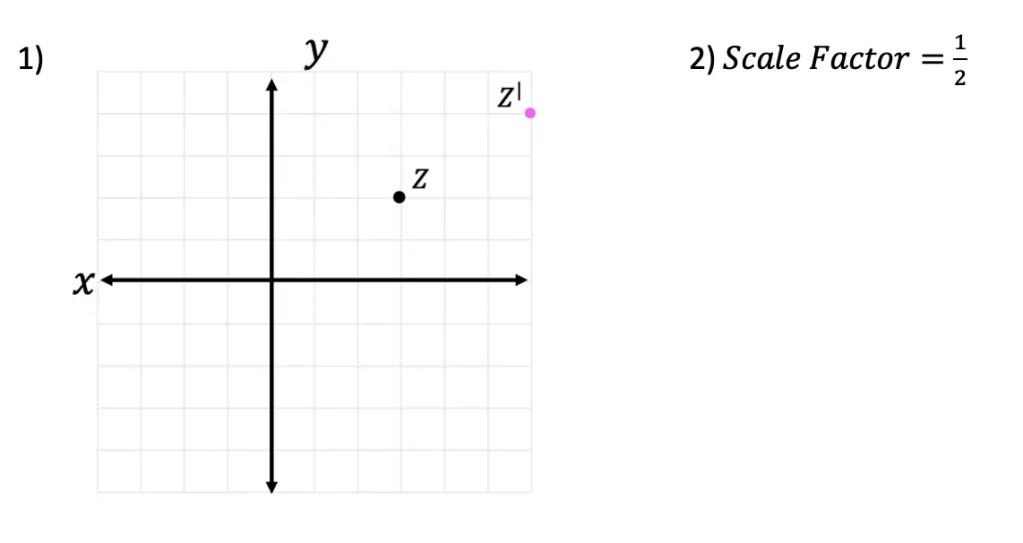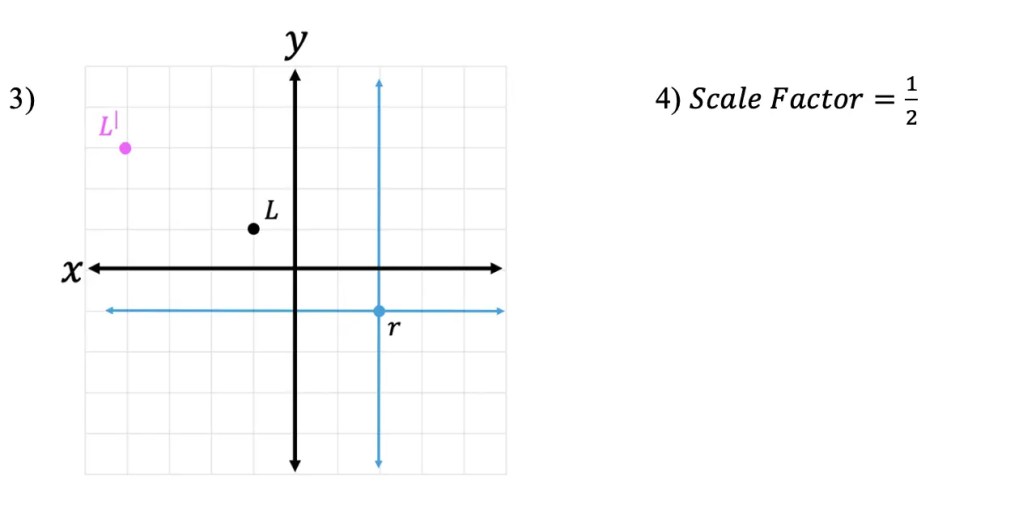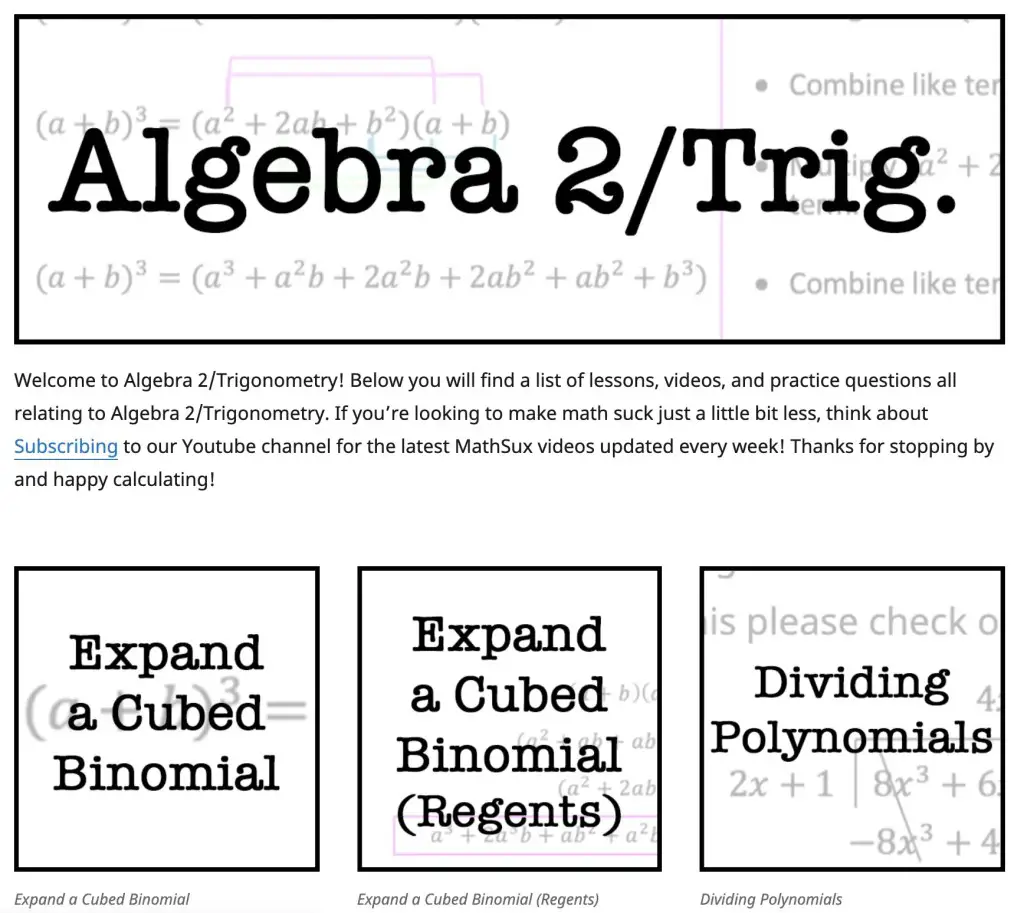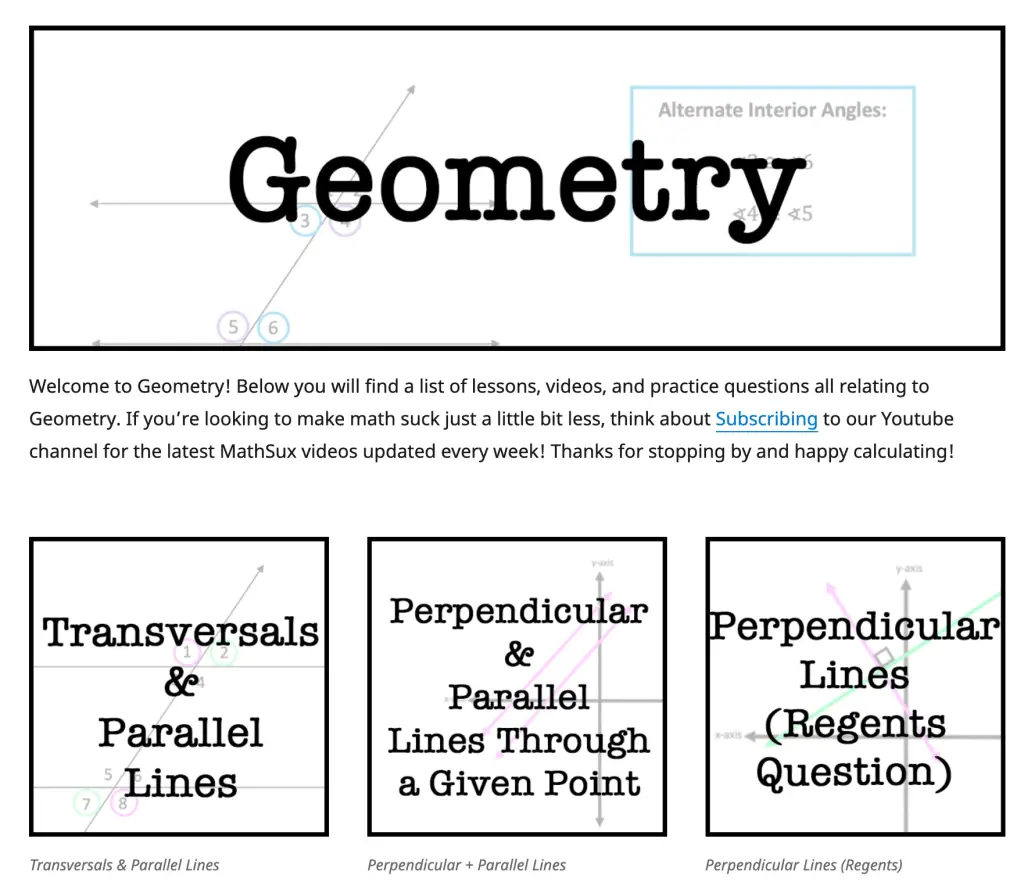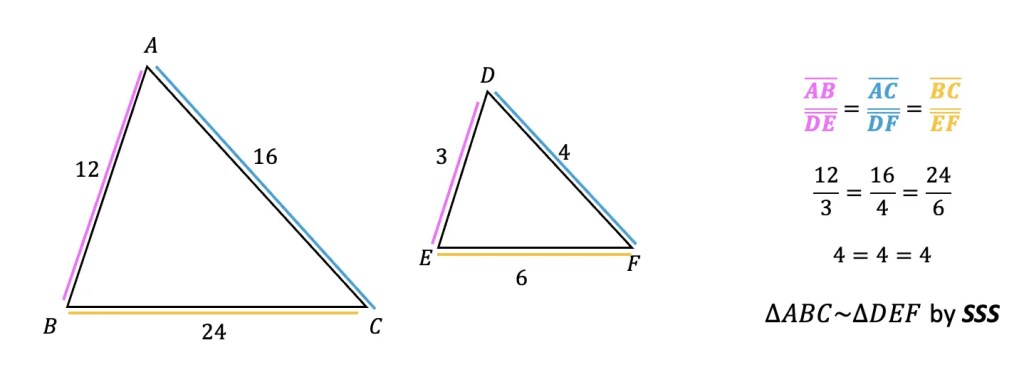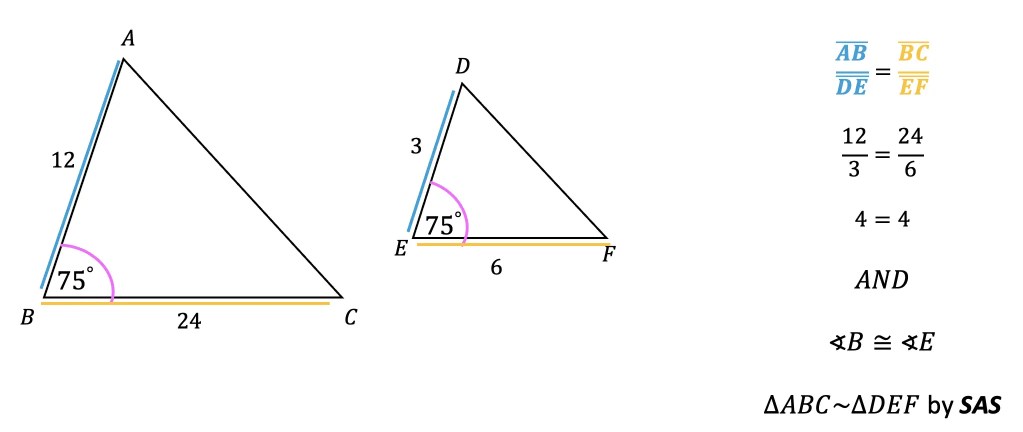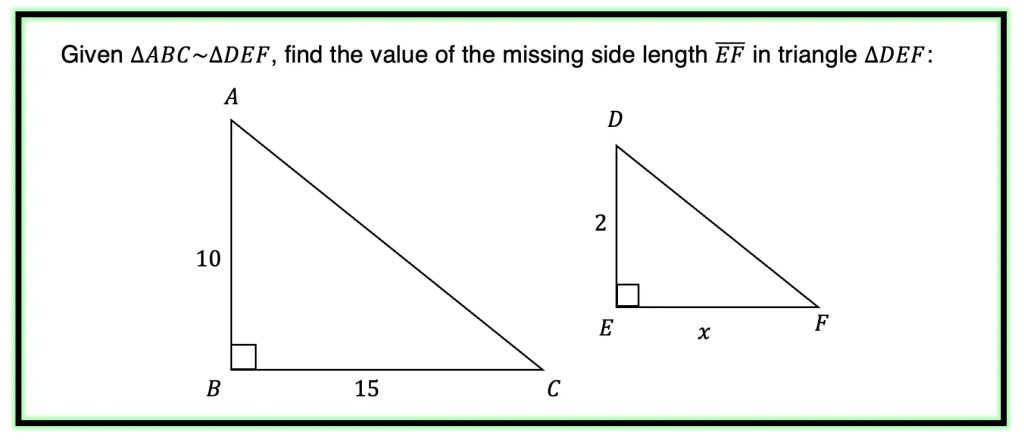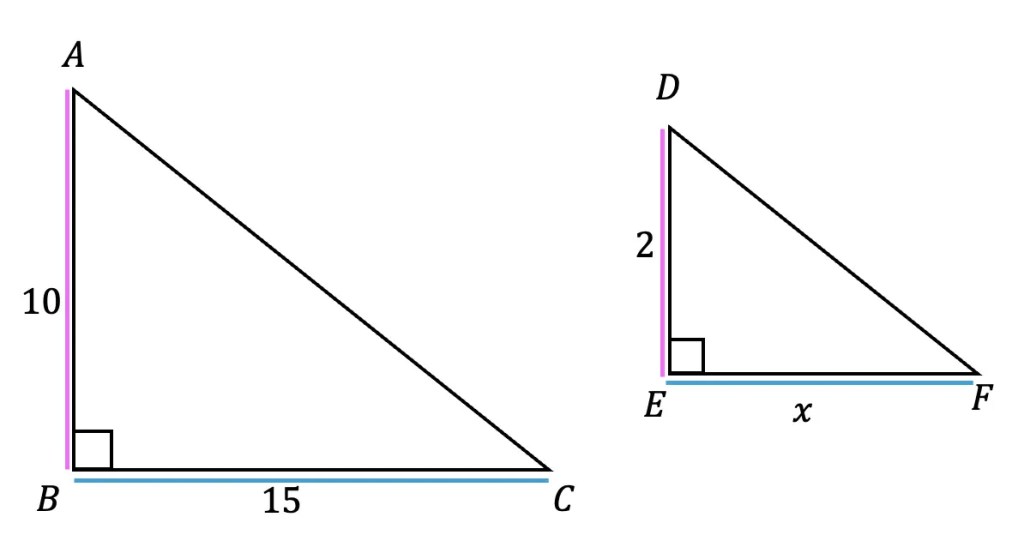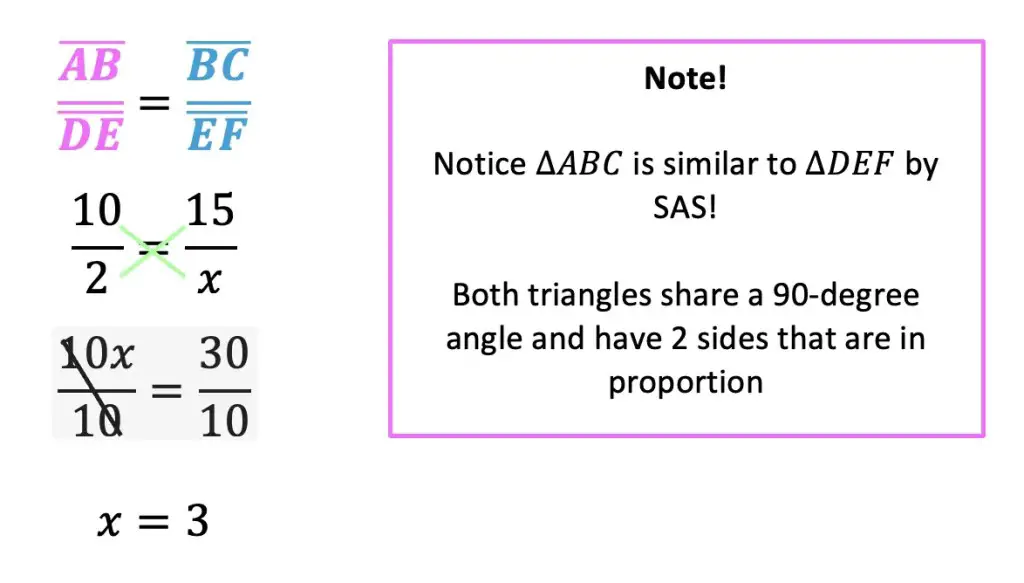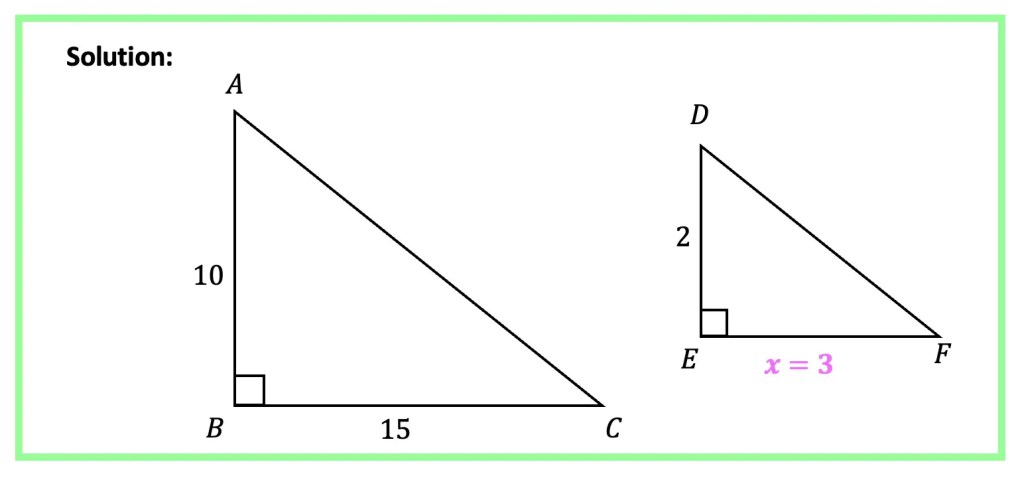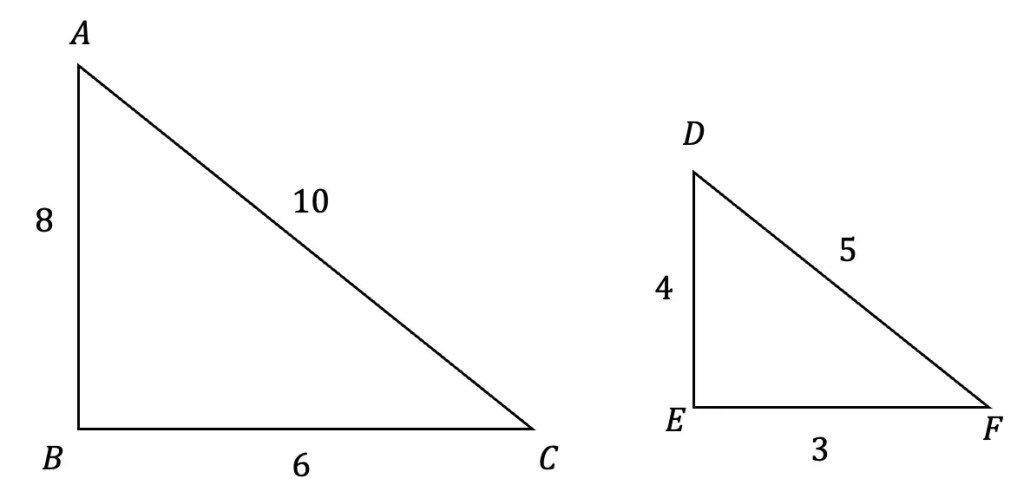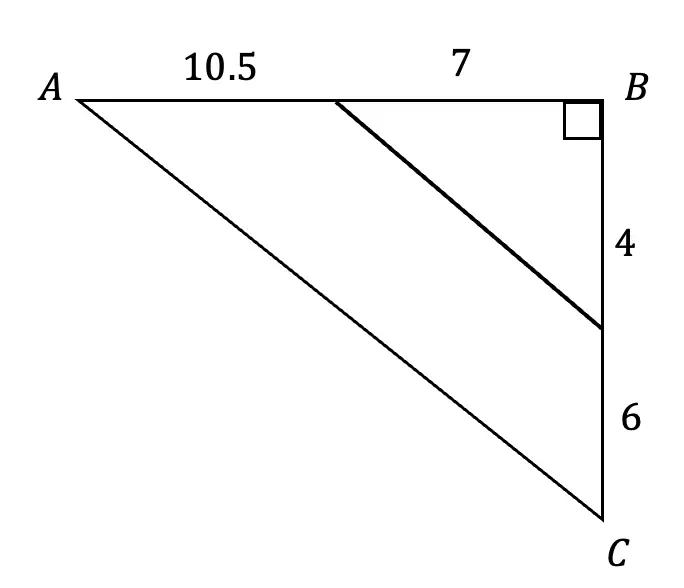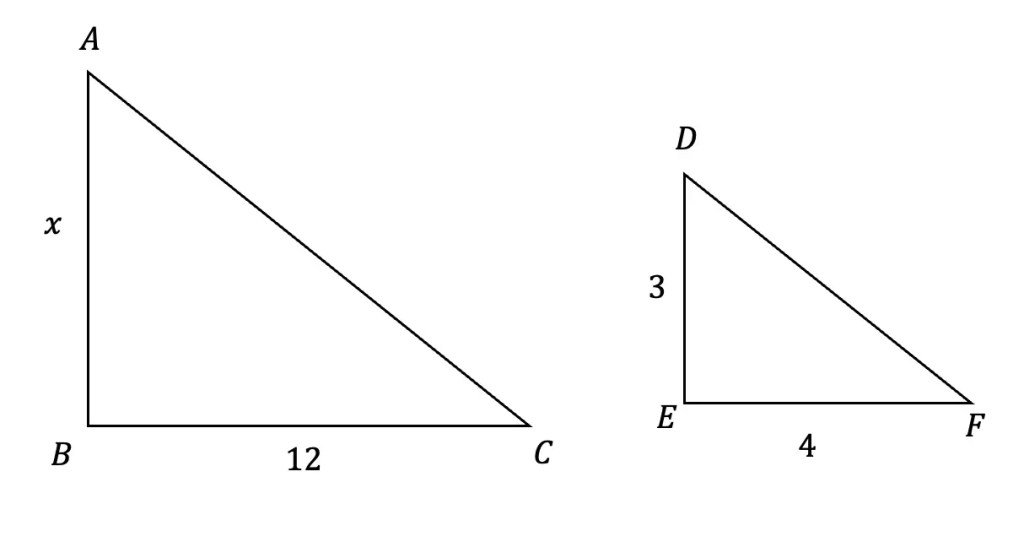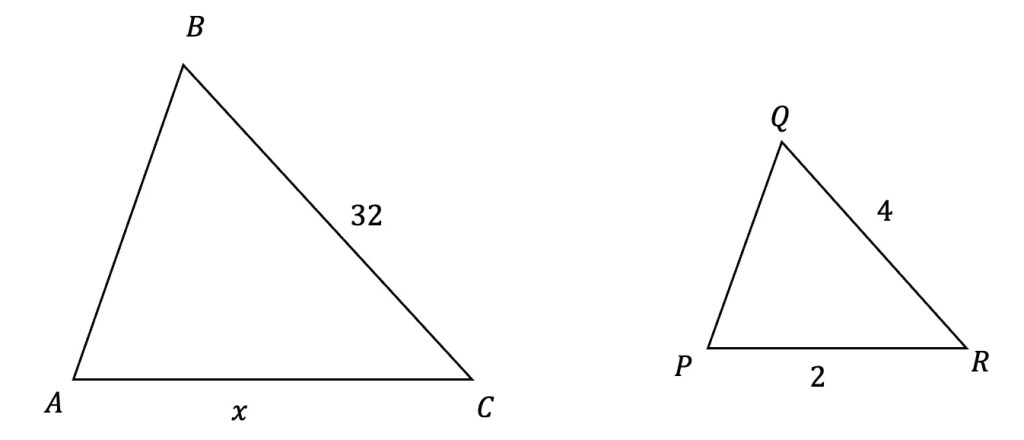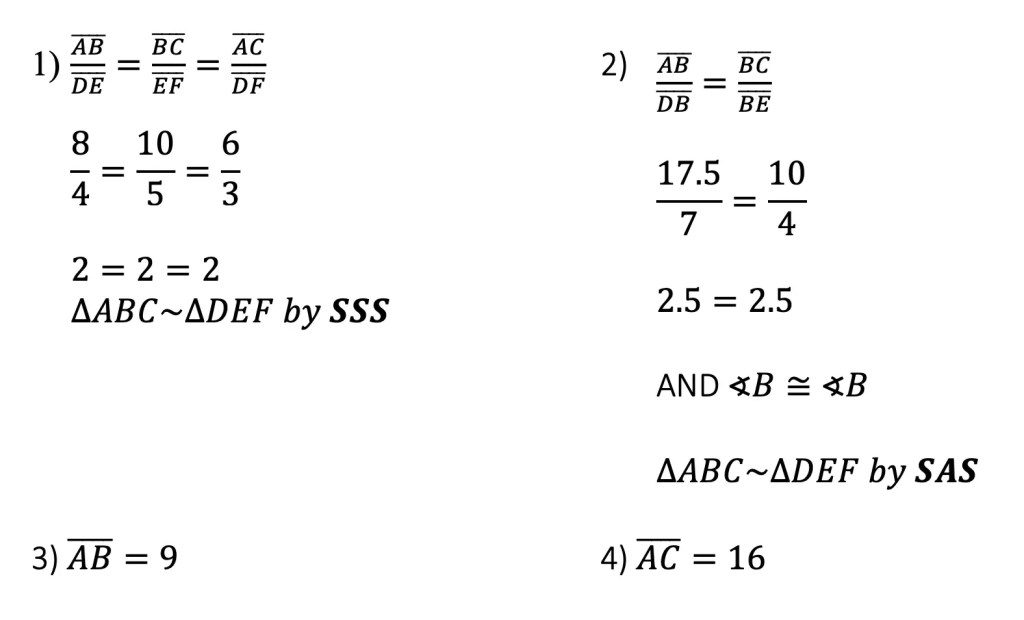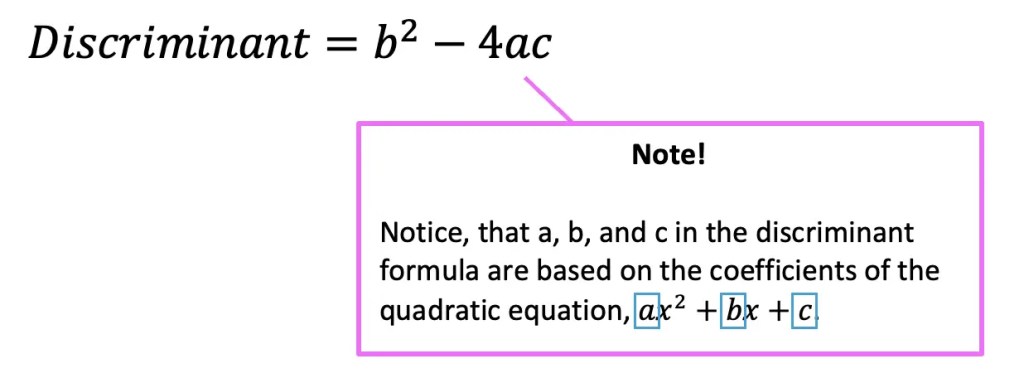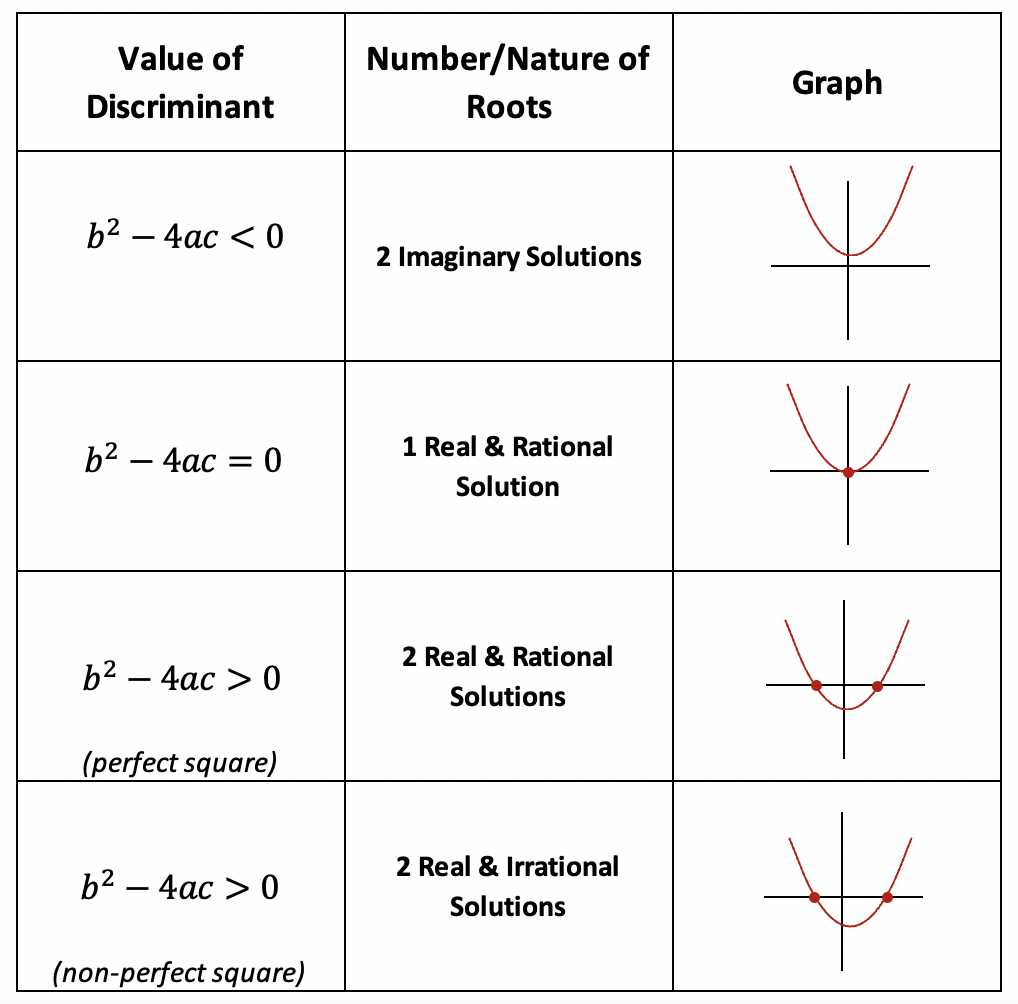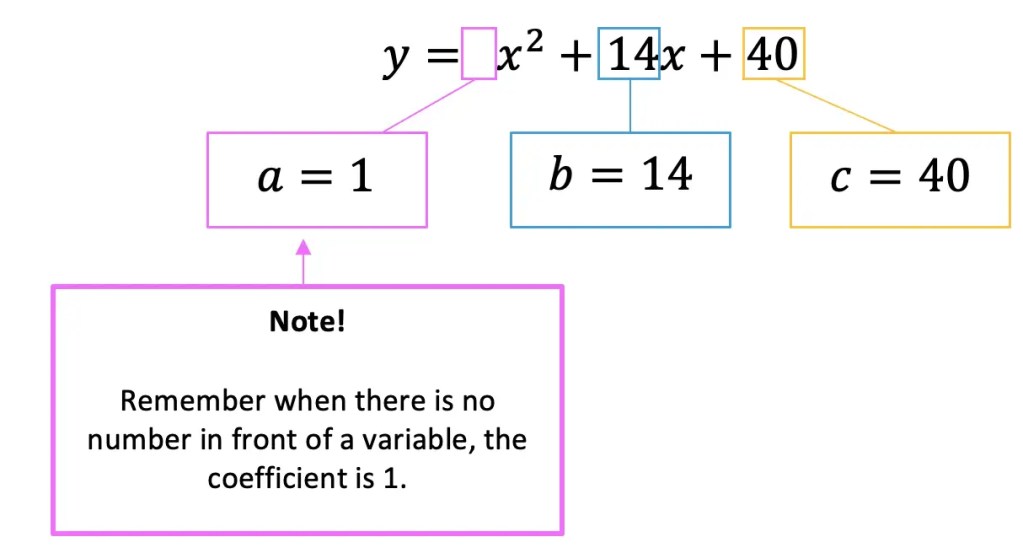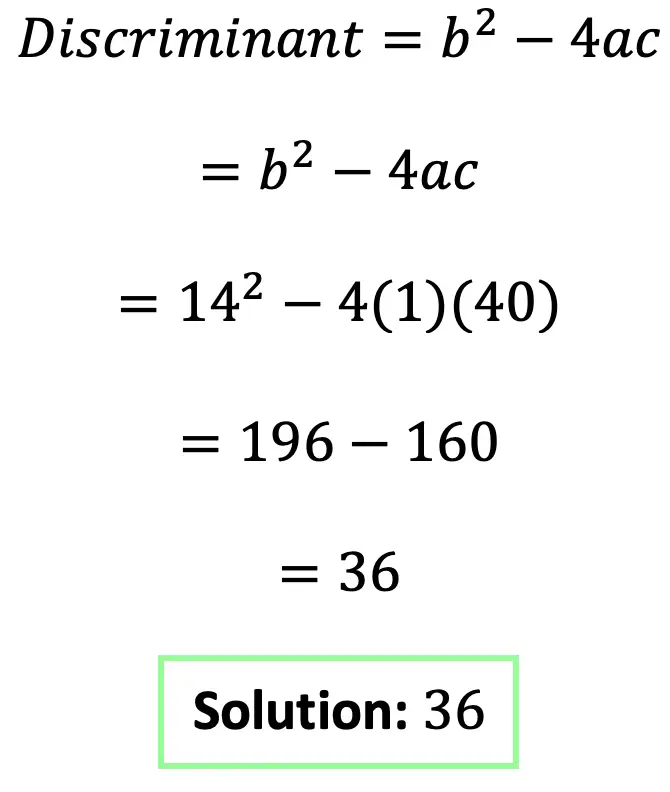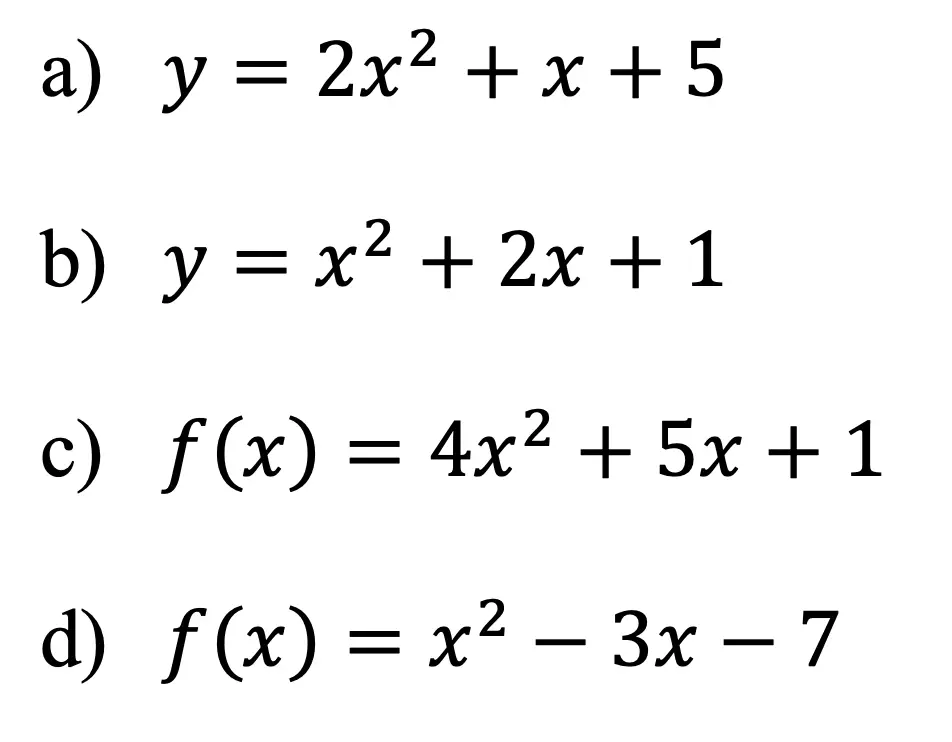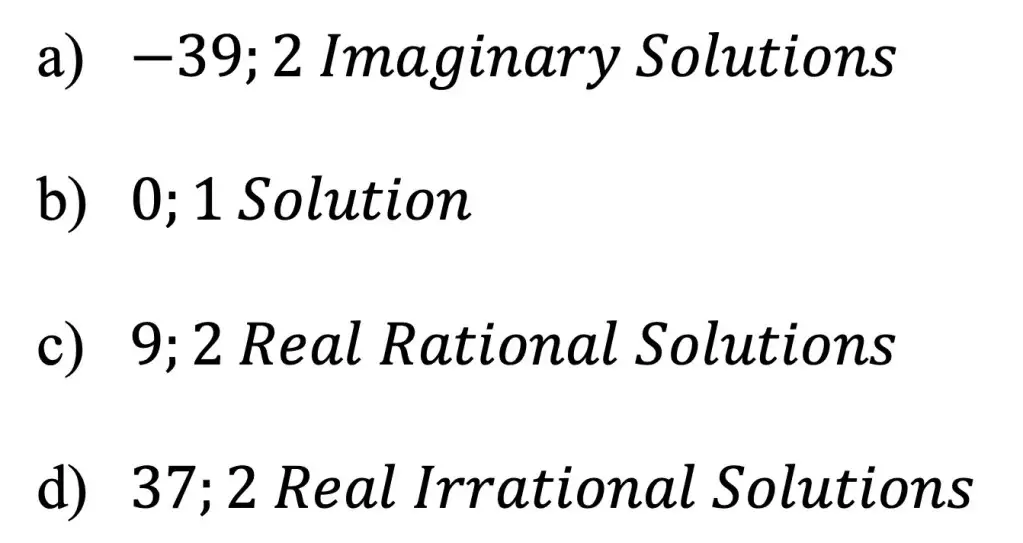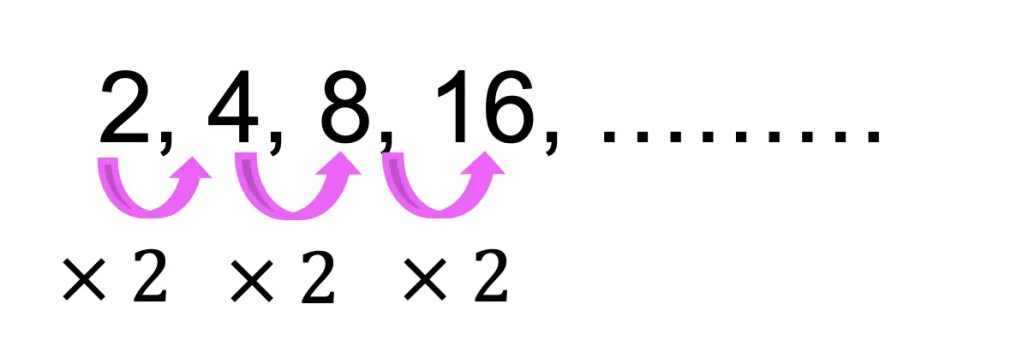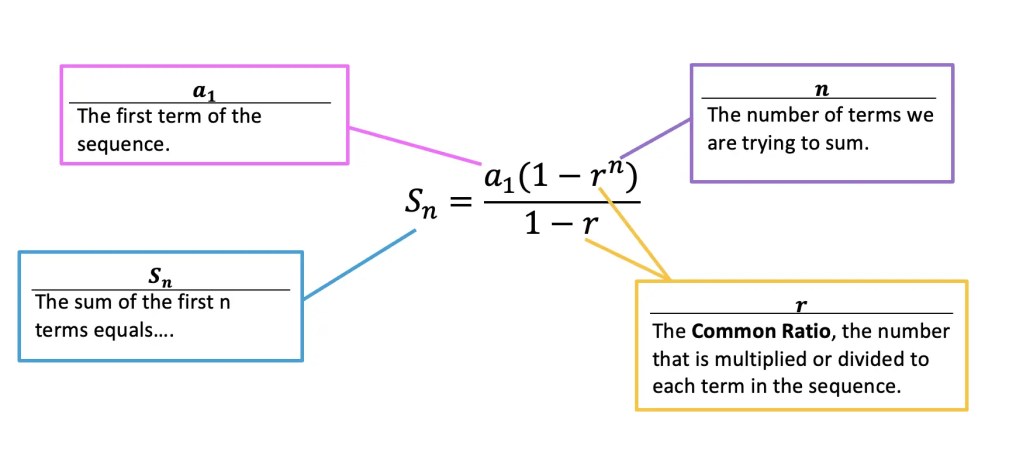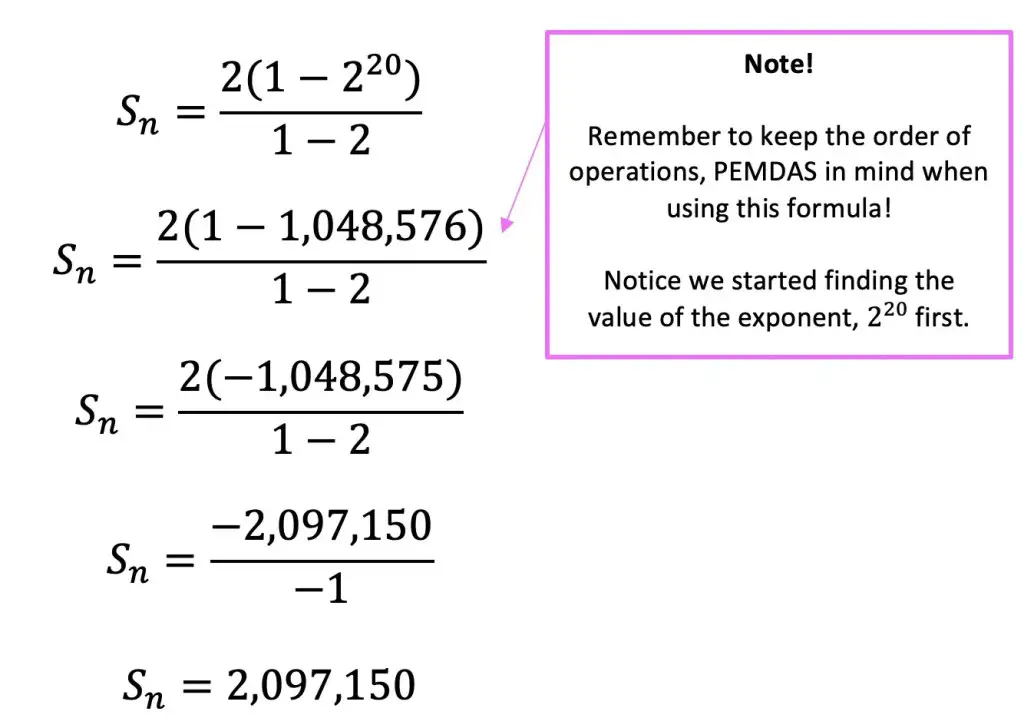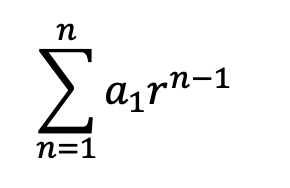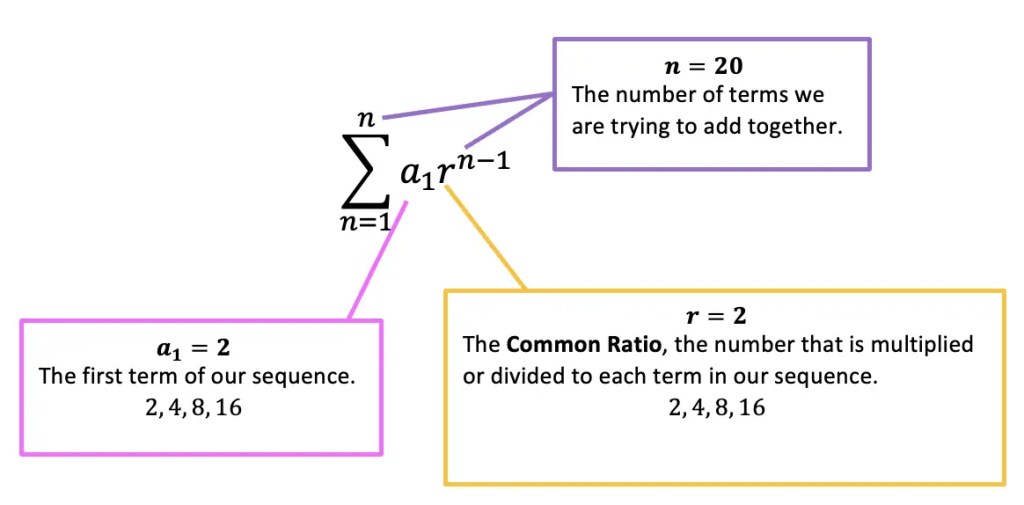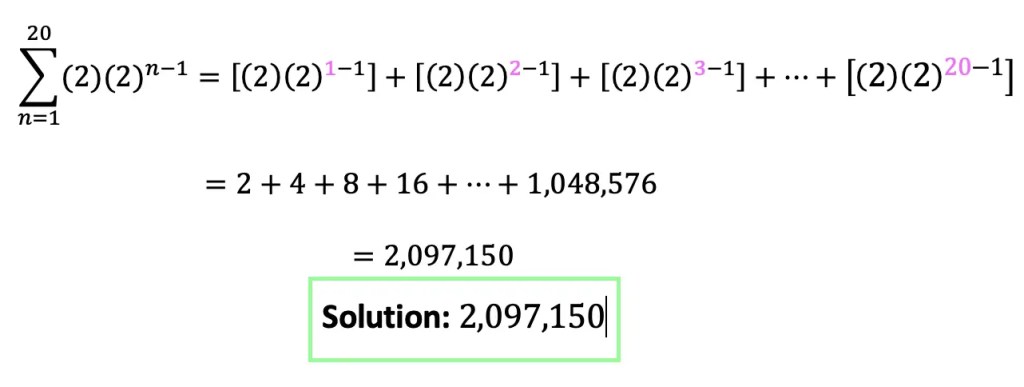Greetings math peeps and welcome to another week of MathSux! In this post, we will learn how to construct a perpendicular line through a point on the line step by step. In the past, we learned how to bisect a line by constructing a perpendicular bisector right down the middle of a line segment, but in this case, we will learn how to create a perpendicular line through a given point on the line (which is not always in the middle). As always, please follow along with the GIF and step-by-step tutorial below or check out the video. Thanks for stopping by and happy calculating! 🙂
What are Perpendicular Lines?
Perpendicular lines are lines that intersect to create four 90º angles (or right angles) about the two line segments. In the example below, line l is perpendicular to line segment AB, which forms a right angle.
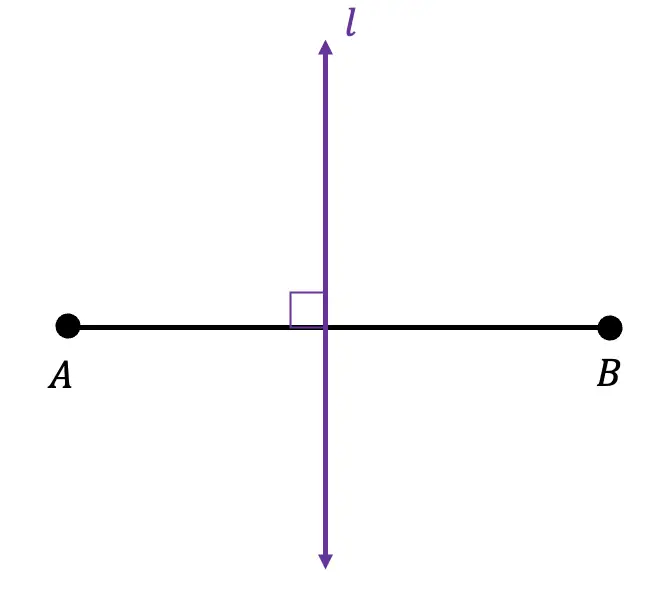
Note! When we construct a Perpendicular Bisector, the line we create forms a 90-degree angle and splits the line segment in half. In the construction below, however, we are creating a perpendicular line through a point already on the line segment. Note that the point given to us, will not always be splitting the line into two equal halves the way a segment bisector does. See for yourself below!
How to Construct a Perpendicular Line through a Point on the Line?:
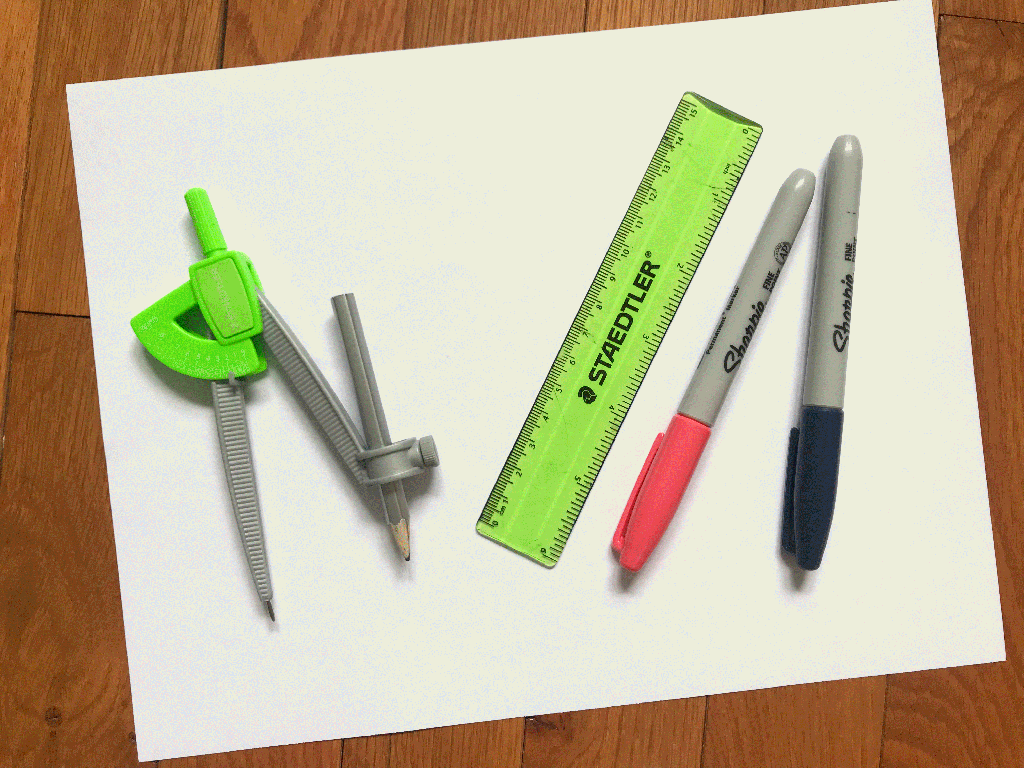
What is happening in this GIF?
Step 1: First, notice we are given line segment AC with point B, not in the middle, but along our line. We are going to need a compass and a straightedge or ruler to complete our construction.
Step 2: Our goal is to make a perpendicular line going through point B that is given on our line segment AC.
Step 3: First, let’s open up our compass to any distance (something preferably short enough to fit around our point and on line segment AC).
Step 4: Place the compass end-point on Point B, and draw a semi-circle around our point, making sure to intersect the given line segment.
Step 5: Next, open up the compass at any size and take the point of the compass to the intersection of our semi-circle and given line segment. Then swing our compass above line segment AC.
Step 6: Keeping that same length of the compass, go to the other side of our point, where the given line and semi-circle connect. Swing the compass above the line so it intersects with the arc we made in the previous step.
Step 7: Now we can mark the point of intersection created by these two intersecting arcs we just made and draw a perpendicular line using a straight edge going through Point B and we have created our perpendicular line!
Perpendicular Bisector Theorem:
The Perpendicular Bisector Theorem explains that any point along the perpendicular bisector line we just create is equidistant to each end point of the original line segment (in this case line segment AB).
Therefore, if we were to draw points C,D, and E along the perpendicular bisector, then draw imaginary lines stemming from these points to each end point, we’d get something like the image below:
AC = CB
AD = DB
AE = EB
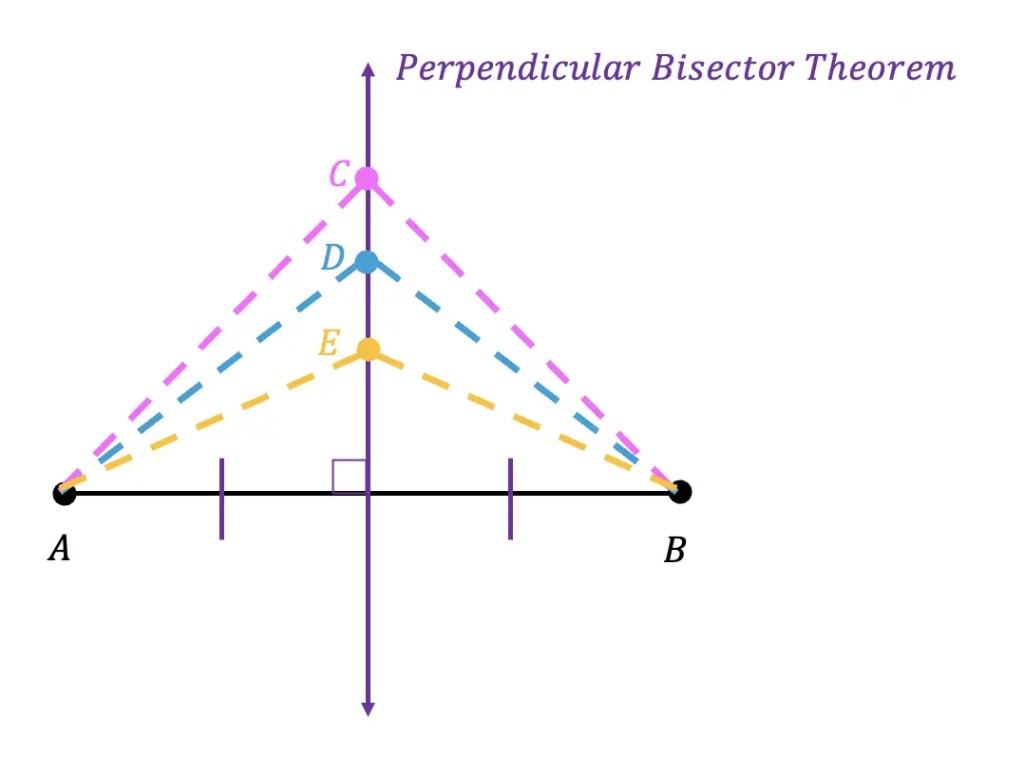
Constructions and Related Posts:
Looking to construct more than just a perpendicular bisector? Check out these related posts and step-by-step tutorials on geometry constructions below!
Construct an Equilateral Triangle
Bisect a Line Segment with Segment Bisector
Altitudes of a Triangle (Acute, Obtuse, Right)
Construct a Square inscribed in a Circle
Best Geometry Tools!
Looking to get the best construction tools? Any compass and straight-edge will do the trick, but personally, I prefer to use my favorite mini math toolbox from Staedler. Stadler has a geometry math set that comes with a mini ruler, compass, protractor, and eraser in a nice travel-sized pack that is perfect for students on the go and for keeping everything organized….did I mention it’s only $7.99 on Amazon?! This is the same set I use for every construction video in this post. Check out the link below and let me know what you think!
Still got questions? No problem! Don’t hesitate to comment with any questions below or check out the video above. Thanks for stopping by and happy calculating! 🙂
Facebook ~ Twitter ~ TikTok ~ Youtube
Want to see how to construct a square inscribed in a circle? Or maybe you want to construct an equilateral triangle? Click on each link to view each construction! And if you’re looking for even more geometry constructions, check out the link here!

